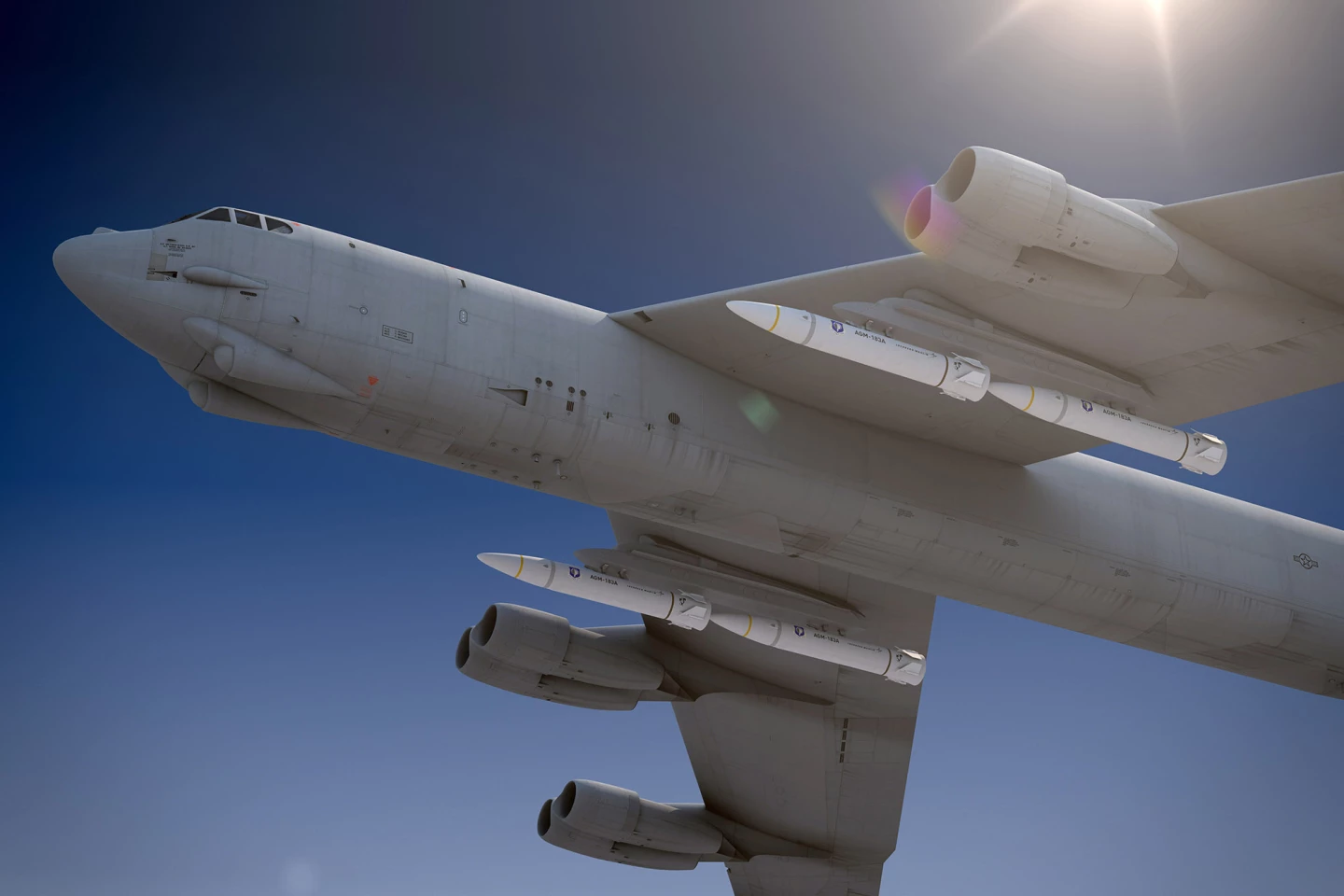In a double-shot of hypersonics news out of the US, the US Air Force has conducted an air-launched flight test of its AGM-183A hypersonic missile, while DARPA has successfully test fired a prototype of its Operational Fires (OpFires) system developed to launch hypersonic weapons from the ground using standard military ground vehicles and support equipment.
As the US Air Force carries out an air-launched flight test of its AGM-183A hypersonic missile, DARPA announces that it has successfully test fired a prototype of its Operational Fires (OpFires) system for launching hypersonic weapons from the ground using standard military ground vehicles and support equipment.
Hypersonic weapons are widely regarded as the biggest game changer in military technology since the development of supersonic flight. With the ability to fly at over five times the speed of sound, hypersonic missiles, especially those capable of controlled, sustained flight, could have a revolutionary impact.
At hypersonic speeds, such missiles would be difficult to detect and counter with any confidence. In addition, they would have so much kinetic energy that they wouldn't even need an explosive warhead to destroy a target.
It's a small wonder that many countries, including medium-ranked powers, are pursuing hypersonics, and with some success. But for these to become practical systems rather than prestige weapons requires a lot of technological advances. This includes not only producing a practical missile, but also the launch and support systems to get them into the air.
The US Air Force's Air-Launched Rapid Response Weapon Booster Test Flight-3 of the AGM-183A on July 12 in the skies off the Southern California coast is the 12th program flight and the second to successfully take to the air after a string of three failures. For the test, the missile was carried under the wing of a B-52 Stratofortress bomber and then dropped. A rocket booster then accelerated the craft to speeds in excess of Mach 5.
According to the Air Force, the test met its primary and secondary objectives, opening the way for all-around testing later this year.

While potentially valuable, such an air launched weapon isn't as attractive to land forces like the US Army, which prefers a ground-based launch system – preferably one that can be integrated with existing vehicles and systems.
To this end, DARPA's OpFires program is developing a ground-launched, two-stage propulsive system for hypersonic missiles that can be installed on the Palletized Load System family of vehicles used by the US Military. In addition, OpFires is designed to work with existing Army and US Marine Corps (USMC) command and control, vehicles, logistics infrastructure, and environments.
In a flight test conducted at the White Sands Missile Range in New Mexico, the medium-range Lockheed Martin OpFires system was mounted on a USMC logistics truck – eliminating the bespoke OpFires Transporter Erector Launcher (TEL) – and used a US Army artillery fire control system to command the launch of the missile.
According to the agency, OpFires successfully launched the test missile, achieved missile canister egress followed by stable flight of vehicle. However, DARPA did not say whether the missile was hypersonic or just a subsonic testbed.
"This is a promising step toward a TEL on-demand capability for accurately firing medium-range missiles from highly agile, readily available logistics trucks that are already in both the US Army and US Marine Corps inventory," said Lieutenant Colonel Joshua Stults, the DARPA program manager for OpFires. "Our successful agile hardware development approach prioritizes full-scale flight testing that will inform further design maturation this year."
The video below shows the OpFires test.
Sources: DARPA, US Air Force






